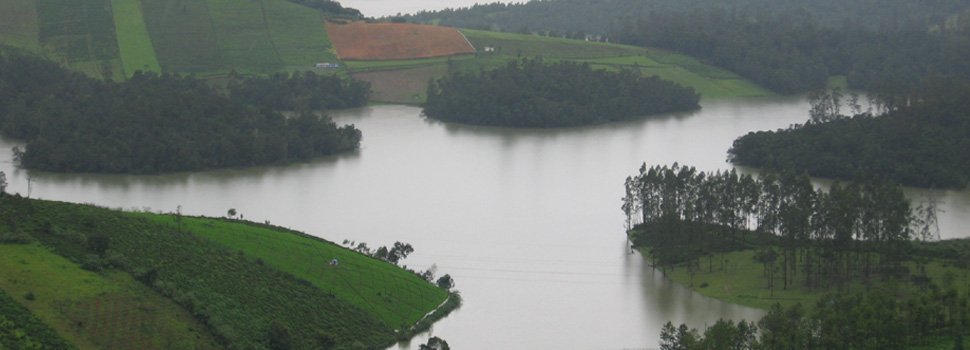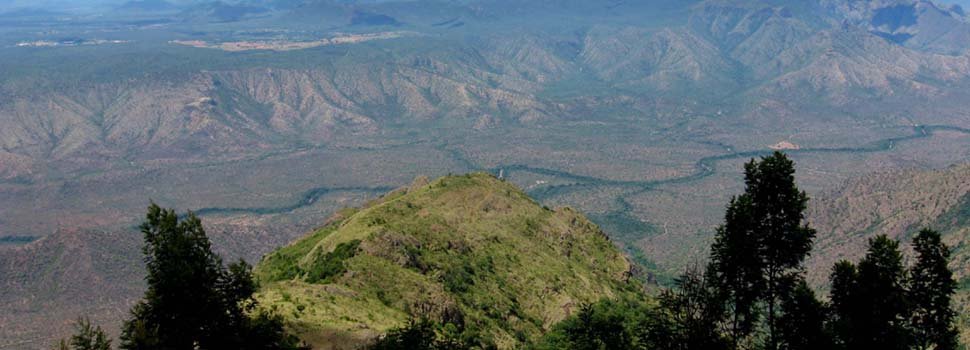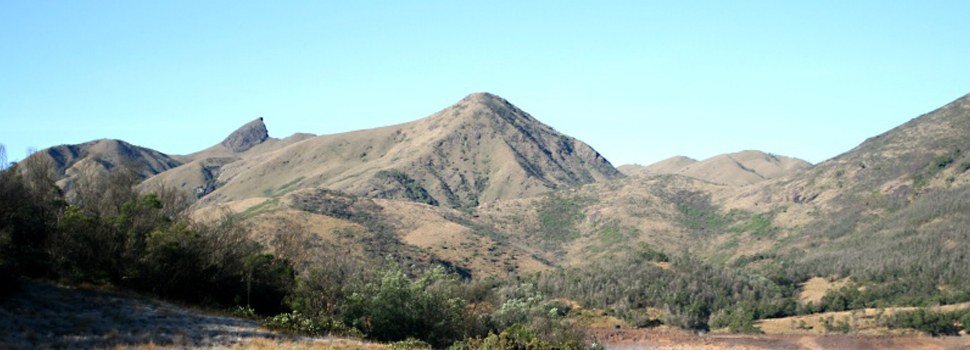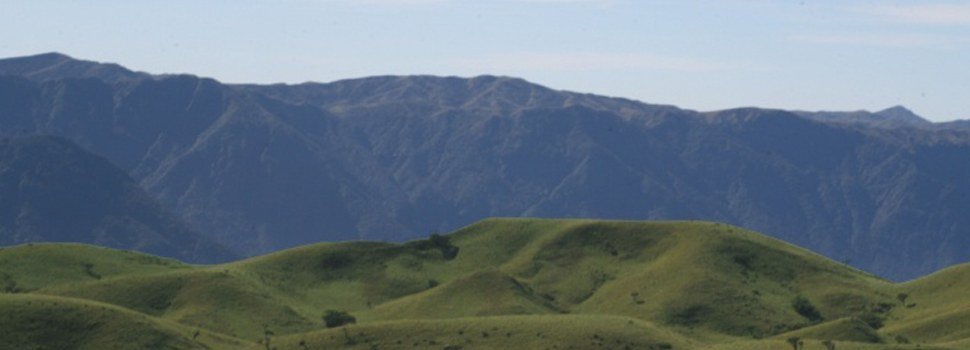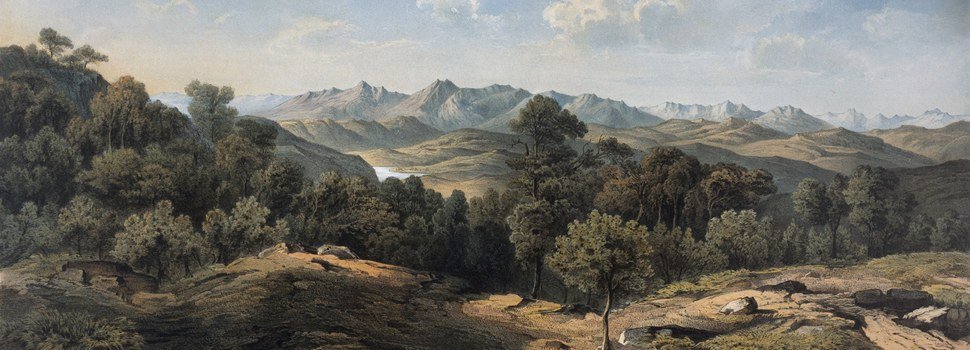Home
- Details
- Hits: 6815
The Nilgiris or the Blue Mountains of south India rise majestically to a pinnacle of 8650 feet at the intersection of the Western Ghats and the Eastern Ghats, two major mountain chains of India. Located in the tri-junction of the states of Tamil Nadu, Kerala and Karnataka, the Nilgiri mountains form part of the Nilgiri Biosphere Reserve.
Home to aboriginal tribes and indigenous people, the ancient mountains estimated to have been created some 40 million years ago, have been of anthropological and archeological importance for centuries.
The Nilgiri mountains were opened to the outside world at the beginning of 1820s by the British, in particular by an administrator named John Sullivan who also laid the foundation for their modernization as Hill Stations.
Today, the 2500 sq km Nilgiri mountains are a top tourist destination attracting around 2.5 million visitors from India and abroad.
However, the Nilgiris are lot more than a tourist delight. Scientists classify the Nilgiris as a ‘Living Fossil’. Ecologists say the biodiversity of the Nilgiris is ‘found nowhere else in the world’. Anthropologists describe the Nilgiris as an ‘aboriginal enclave’. Geographers have listed the Nilgiris among the 400 natural wonders of the world.
The ecosystem services of the Nilgiris are not limited to tourism and anthropology. The waters of the Nilgiris irrigate hundreds of thousand acres in the plains around. Several habitations in the plains depend on the Nilgiris for their drinking water. The hydro-electric power generated ingeniously on the hills is critical to the state of Tamil Nadu. The naturally flavoured teas of Nilgiris delight millions of drinkers across the world. The ‘English vegetables’ of the Nilgiris tickle the palate of thousands of connoisseurs every day. The famed schools of the Nilgiris have educated generations of good students in ideal environments.
Indiscriminate development over the year have also rendered the Nilgiri mountains fragile leading to severe deforestation, soil erosion and landslides which are believed to have been accentuated in recent years by climate change.
It is no wonder, therefore, that the Nilgiri mountains are one of the most documented districts in Asia.
The Nilgiri Documentation Centre seeks to collect, collate and cater the vast Nilgiri-related material scattered in India and around the globe for awareness, analysis and advocacy for protecting and preserving the natural and cultural heritage of the Nilgiri mountains and its people.
Our work can be broadly grouped under activism, awareness, documentation and advocacy.
In the first phase, from 1985 to 2006, our activities focused on environmental activism and awareness under the banner of Save Nilgiris Campaign (SNC)
From 2006 our activities under the Nilgiri Documentation Centre (NDC) are focused on documentation and advocacy.
NDC runs the John Sullivan Memorial and the Nilgiri History Museum.
Our activities are classified under activism, events, publication, press campaign, participation in global and domestic forums.




